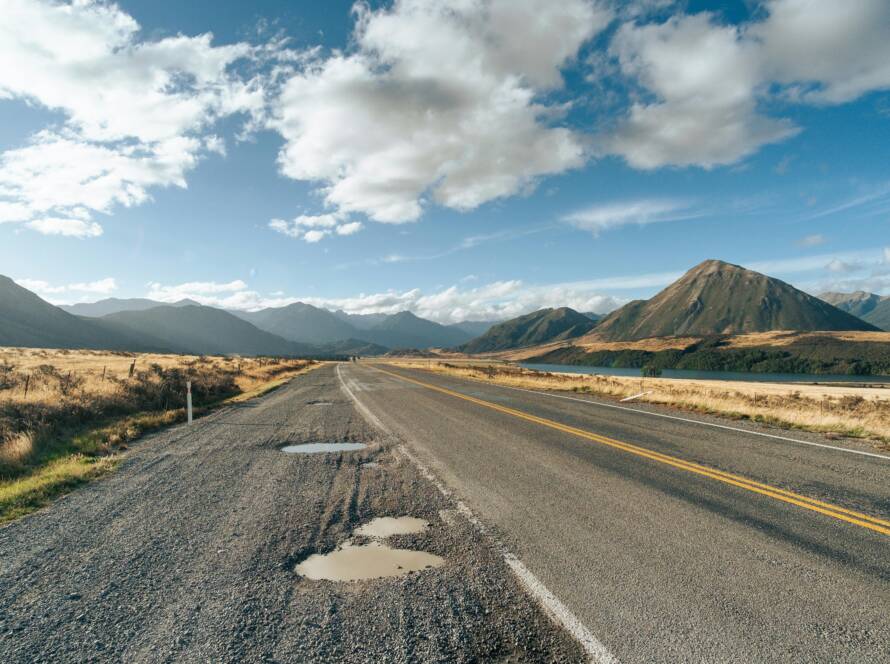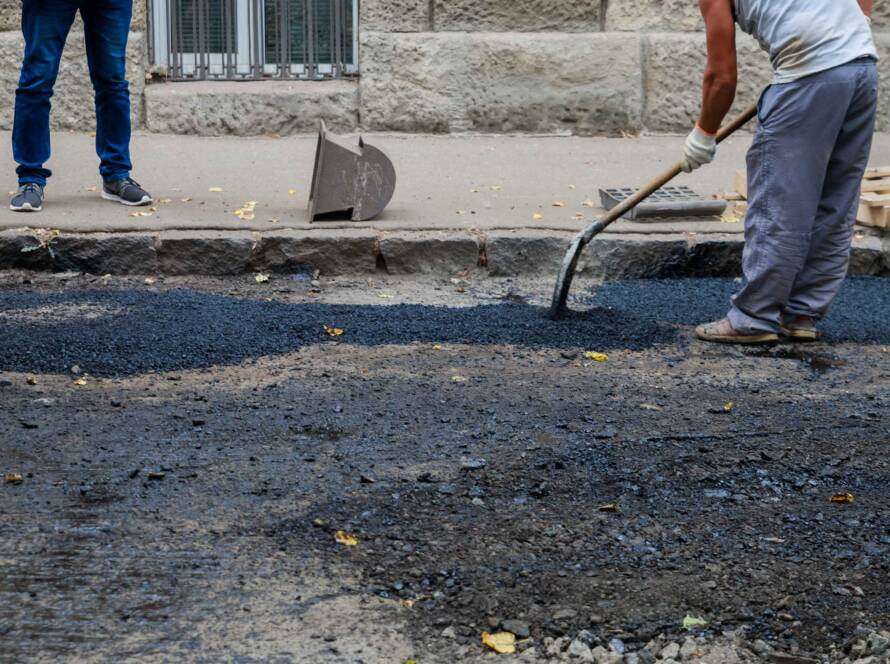A freshly laid driveway often looks great in year one. But what happens after five?
Cracks start to appear. Edges crumble. Water pools where it never did before. Sadly, many UK homeowners find themselves dealing with premature damage long before they expected. Why? Because not all driveways are built to last — and most surface problems are symptoms of deeper issues.
This blog will walk you through how to inspect your driveway, what signs indicate deeper structural failure, and when it’s time to act before a small issue becomes a costly replacement.
The “5-Year Rule” Explained
In the surfacing industry, we use what we call the 5-Year Rule:
If a driveway starts failing within five years, the problem isn’t just surface-level — it’s structural.
Whether your drive is resin, tarmac, or block paving, good workmanship should last a decade or more. If you’re seeing deterioration early on, it usually means:
- The sub-base wasn’t installed properly
- The wrong materials were used for your ground type
- Drainage was overlooked, leading to water damage
- Or corners were cut during compaction or surface finishing
DIY Checklist: 5 Signs Your Driveway Might Be Failing
Here’s how to inspect your driveway in just a few minutes:
✅ 1. Cracks That Grow or Multiply
Hairline cracks are normal with age, but spreading or deepening cracks suggest movement beneath the surface.
✅ 2. Uneven Surface or Dips
If your driveway has noticeable hollows, the sub-base may be settling unevenly, often due to poor compaction or soft ground.
✅ 3. Water Pooling or Poor Drainage
Puddles after rain indicate bad fall design or blocked drainage — both of which lead to erosion and freeze-thaw damage.
✅ 4. Edge Breakage
Crumbly or sunken edges are often the first visual clue that your driveway is losing structural support underneath.
✅ 5. Weed Growth in Cracks
Persistent weeds breaking through are a sign that the surface has cracked all the way down to the base layer, allowing roots to take hold.
If you notice one or more of these — especially on a relatively new surface — it’s time to investigate.
Why Driveways Fail So Quickly
You may be surprised to learn that many cheap driveway installations are designed to look good for only 2–3 years. Contractors may:
- Use thinner-than-standard layers of tarmac or resin
- Skip proper excavation depth (only 100mm instead of 250mm)
- Lay material directly over soft ground or old concrete
- Ignore drainage planning completely
It saves them money — but costs you more in repairs or reinstallation just a few years later.
What a Proper Installation Looks Like
At Total Surfacing, we believe in doing the job once — and doing it right. Our standard tarmac installation process includes:
✅ Full excavation to 250mm–300mm depth
✅ Sub-base formation using MOT Type 1, compacted in layers
✅ A tarmac binder course for stability
✅ A top-layer wearing course with SMA or AC10 for a smooth finish
✅ Edge restraints and proper water drainage planning
➡️ If you’re seeing signs of wear, check our tarmac installation services today to see how we build for long-term durability.
Case Study: Early Surface Failure in Cambridge
A homeowner contacted us after their 4-year-old driveway started cracking and sinking at the edges. The surface looked fine initially, but on inspection we found:
- Only 120mm of sub-base had been used
- No separation membrane or edge supports
- The tarmac layer was thin and poorly compacted
We removed the failed surface, rebuilt it with a full-depth MOT base, proper drainage falls, and dual-layer tarmac. It now supports their two vehicles and van traffic with no issues — and will last well over 15 years.
When Is It Time to Replace Your Driveway?
It may be time for a full replacement if:
- Your driveway has multiple deep cracks or holes
- Water sits on the surface for hours or days
- Previous repair attempts didn’t solve the issue
- The surface looks worn, uneven, or patchy despite being <6 years old
We can also offer partial resurfacing or overlays if the base is intact — but early action is key.
Conclusion: Don’t Wait Until It Fails
Your driveway is one of the hardest-working surfaces around your home. It deserves more than a quick cosmetic fix.
If you’re starting to see warning signs, let us help. At Total Surfacing, we combine honest assessments with robust tarmac installation techniques to give you strength, style, and long-term savings.
📞 Book a Free Driveway Inspection Today
We’ll assess the health of your existing surface and give you clear options — with no pressure or sales tactics.
➡️ Visit our tarmac installation page to learn more or book a visit.


